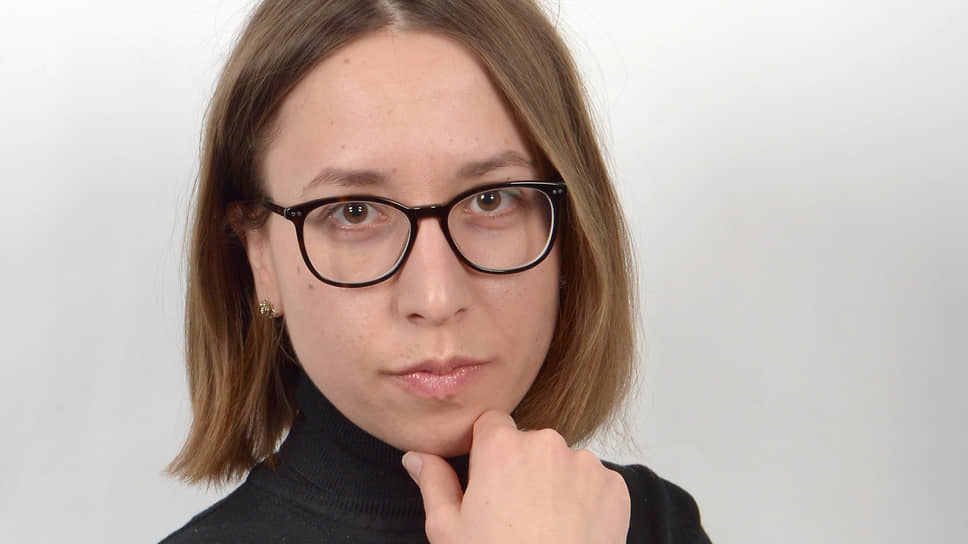World uranium prices return to multi-year highs
[ad_1]
The price of uranium, which has almost doubled in 2023, continues to rise. The spot price of uranium oxide has already exceeded $94 per pound, reaching the level of 2007 and the nuclear renaissance for the first time. The reasons for the sharp increase in the price of raw materials are the growing interest in nuclear energy, the increase in the activity of investment funds, the cessation of production in Niger and the industry’s fears about the imposition of sanctions on supplies from the Russian Federation. Analysts do not rule out a further multiple increase in quotations, although the volume of supply on the market is still large.
The price of uranium oxide (U3O8) on the spot market, as of January 11, reached $94.4 per pound, according to data from the Numerco agency. The indicator has been growing almost non-stop since March 2023. By December 2023, the average monthly spot price for uranium had increased by about 1.8 times compared to January, reaching $91 per pound. In January, uranium continued to rise in price.
Uranium is used to produce nuclear fuel. The main buyers are nuclear power plant operators. Currently, there are 412 nuclear power units operating in the world with a total capacity of 370 GW. Uranium is not traded on an exchange: the spot price becomes known at the time of sale. The majority of U3O8 supplies typically come from long-term contracts, with prices linked to spot quotations.
The last time spot prices reached $94 was in November 2007, at the height of the nuclear renaissance, when many countries, including in Europe, announced ambitious plans to build nuclear power plants. The all-time record was reached in June 2007, when the spot price exceeded $136 per pound. However, then prices gradually went down, and in March 2011 they collapsed after the accident at the Fukushima-1 nuclear power plant. The historical minimum is $18.
A noticeable, but rather restrained increase in spot uranium prices began in 2022. Thus, the average annual spot price of a pound of nitrous oxide in 2022 increased by 41% ($49.81). The main reason is the fear of imposing sanctions on the import of Russian uranium, as well as logistical problems. However, the most significant increase in quotations began in September 2023, which was also associated with a military coup in Niger, where the French Orano was mining.
The price of uranium in December 2023 immediately increased by 10% compared to November, approaching $100 per pound. Now a number of analysts are talking about a possible price increase to $300, Kept experts note.
In their opinion, the increase in the cost of raw materials for nuclear fuel occurs against the background of the intention of many countries to develop nuclear power plants. Supply restrictions on the market due to the geopolitical situation only fuel the market. Analysts expect high uranium prices to lead to the resumption of once-stalled nuclear projects.
At the end of 2023, the market was rocked by speculation about a possible US ban on the import of enriched uranium from the Russian Federation by 2028, adds independent analyst Boris Sinitsyn.
The ban was not adopted and in any case we are not talking about the near future, but nevertheless, due to low liquidity and ongoing purchases of uranium for investment purposes, the price reacts sharply, he adds. Boris Sinitsyn also points out that in 2023 the spot market has narrowed significantly due to active contracting in previous years. Thus, on average over nine months, less than 20% of global uranium trade was spot transactions, although over the previous five years the spot share exceeded 50%. At the same time, there is still free capacity on the market, in particular in Kazakhstan, and their production cost is many times lower than the current price. So, even if a sharp rise in prices occurs, it will not last long if companies return to their previous production plans, the expert believes.
In 2023, uranium supplies under long-term contracts also continued to grow, which pushed up long-term prices, which now exceed $87 per pound. In addition, in 2023, prices for U3O8 processing continued to increase: by autumn, the cost of conversion (converting uranium oxide-uranium into hexafluoride) approached $250 per 1 kg, and the long-term price of enrichment (increasing the share of the 235U isotope to 2–6%) – to $149 per unit of separation work. More recent data has not yet been published. For Russia, markets are extremely important: Rosatom ranks first in the world in enrichment (35%), second in uranium production (14%) and third in fuel fabrication (17%).
[ad_2]
Source link






